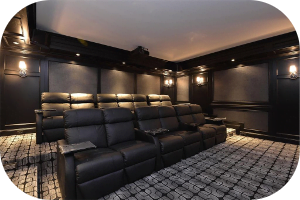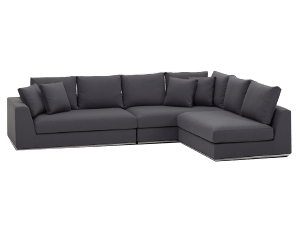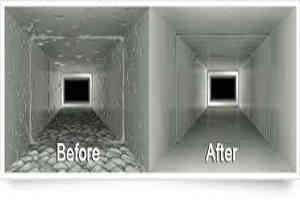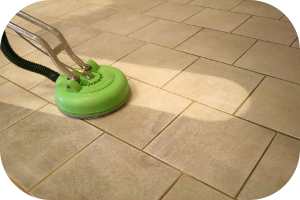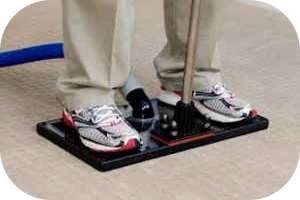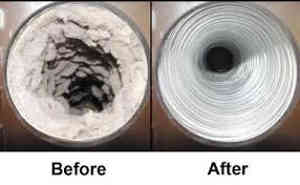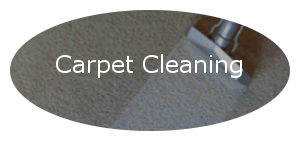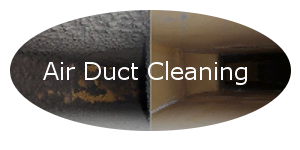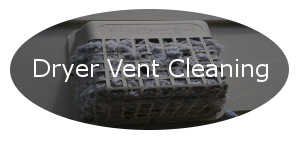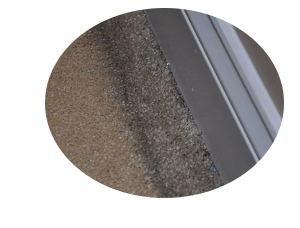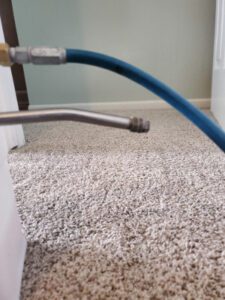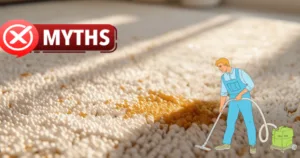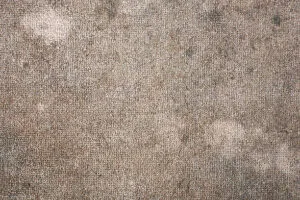When dealing with pet accidents on carpets, a common tool for homeowners and cleaning professionals alike is the UV black light, which helps to locate hidden urine stains. However, many people are puzzled when, after a thorough carpet cleaning, the urine stains still appear under UV light. Understanding why this happens can help you manage your expectations and take the right steps toward complete removal. Let’s dive into the science behind it.
The Nature of Urine Stains
Urine is composed of various organic compounds, such as urea, creatinine, uric acid, and other substances that can bind with the fibers in your carpet. When urine dries, it forms crystals that are difficult to remove, even with basic carpet cleaning. These crystals are the reason why a UV black light can reveal old urine spots.
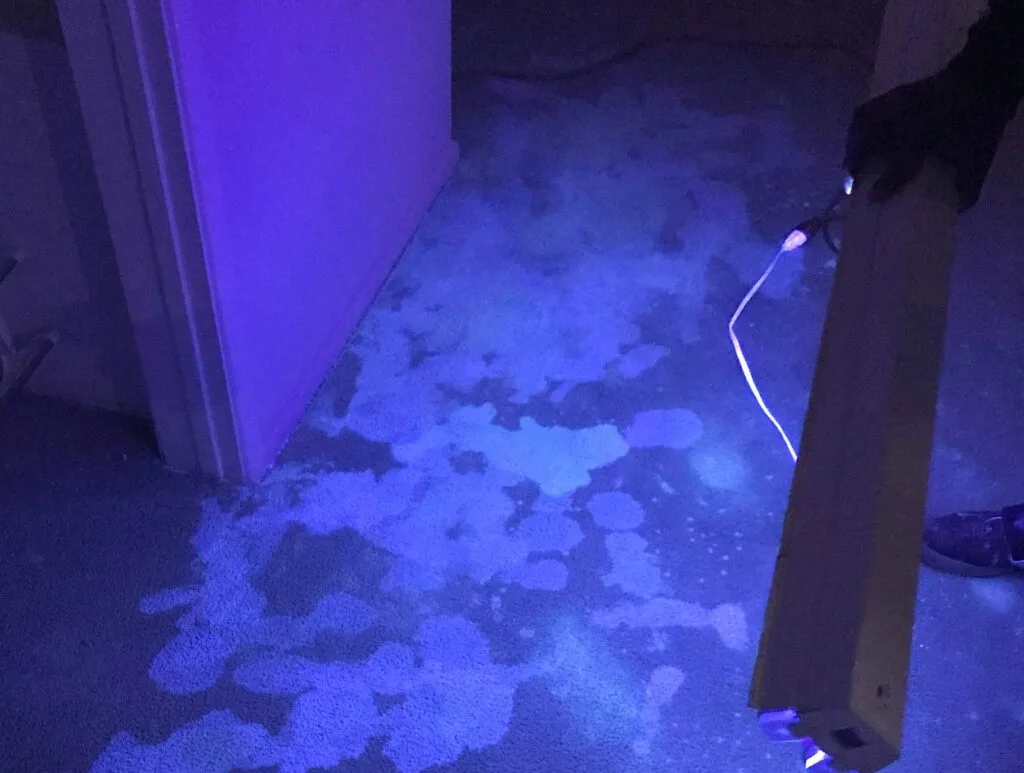
Why Carpet Cleaning May Not Remove All Urine Residue
While a deep carpet cleaning can remove visible stains and surface-level residue, it doesn’t always eliminate the deeply embedded components of urine that cause it to fluoresce under UV light. Here are a few reasons why:
Deep Penetration into Carpet Layers
Urine can seep through the carpet fibers and padding and even into the subfloor. Regular carpet cleaning often addresses only the surface of the carpet, leaving behind remnants in the deeper layers that are still detectable by a UV black light.Formation of Crystals
As urine dries, it crystallizes. These crystals can attach to carpet fibers and become more resistant to standard cleaning agents. A typical carpet cleaning process may break down some of these crystals but often leaves enough behind to fluoresce under UV light.Chemical Composition
Urine contains organic compounds that have fluorescent properties. Even after the stain itself is removed, these compounds can remain embedded in the carpet fibers and glow under UV light. Standard carpet cleaning methods may not break down or neutralize all of these compounds, leading to a residual glow.Stubborn Odor Compounds
Even if the stain appears gone to the naked eye, urine contains odor-causing bacteria that can persist. This bacteria can react to UV light, contributing to the glowing effect. If deep-seated odors linger, it’s a sign that not all urine remnants have been removed.
What Can Be Done?
If you’re frustrated by the persistence of urine stains under UV light, there are solutions that go beyond standard cleaning.
Enzyme Cleaners
Enzyme-based cleaners are specially formulated to break down the proteins and compounds found in urine. These cleaners target the urine at a molecular level, helping to eliminate both the odor and the fluorescence under UV light.Professional Deep Cleaning
Consider hiring a professional who specializes in pet stain removal. They often use more advanced methods and equipment, such as water extraction and deodorizers, that can penetrate deeper into the carpet and padding to remove all traces of urine.Replacement of Padding or Subfloor Treatment
In extreme cases where the urine has penetrated deeply, it might be necessary to replace the carpet padding or treat the subfloor to completely eliminate the source of the problem. This is especially important if your pet has repeatedly urinated in the same spot.UV Detection and Treatment
Professionals can use UV lights to locate the exact areas of contamination and treat them specifically. Spot treatments with the right products can help neutralize any remaining urine crystals and bacteria. How To Use A Black Light

Conclusion
Seeing urine stains under a UV black light after carpet cleaning doesn’t necessarily mean that the cleaning was ineffective; it’s more a reflection of how stubborn urine stains can be. To truly eliminate these stains, consider using enzyme cleaners, professional deep cleaning, and even treating deeper layers of the carpet or subfloor. By taking these extra steps, you can ensure that your carpet is truly free of urine residue—both to the naked eye and under the revealing glow of UV light.




